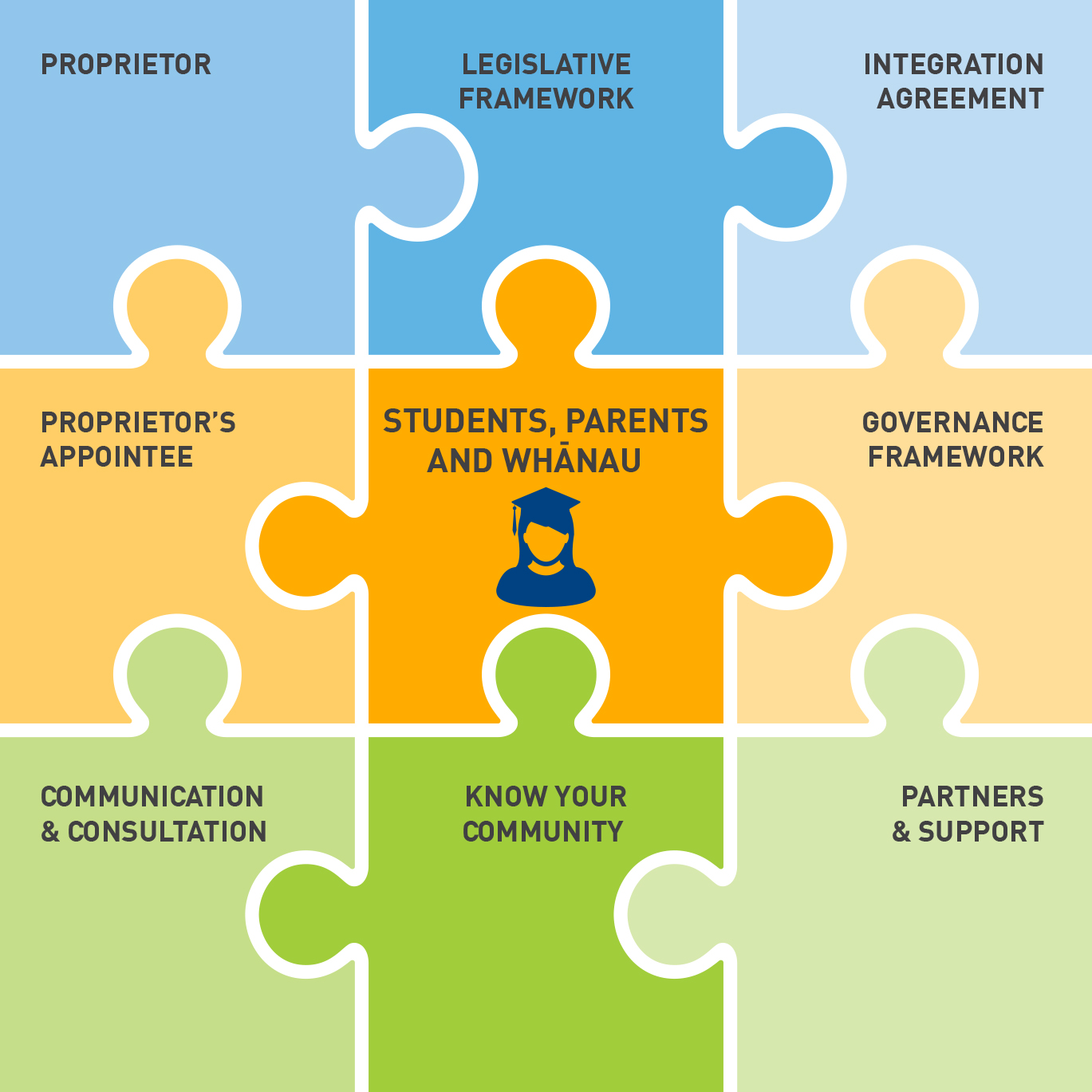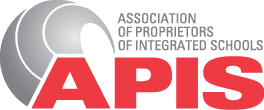The work of the board is to ensure that every student achieves their highest possible educational outcomes within the special character context of the school. All Board members have responsibility for the protection of the special character of the school as set out in the school’s integration agreement and charter.
The following diagram provides an overview of the key partnerships, processes and systems required to support students to achieve their potential. The diagram includes descriptions and links to key documents.
Work of the Board
Click on the different areas of the image to display more information...

Proprietor
Do you know your Proprietor?
The Bishop or religious institute or Trust Board, as Proprietor, holds the school in trust for the Catholic community that originally established the school, and the Proprietor continues to be the legal owner of the property that constitutes the integrated school.
Legislative Framework
Boards need to understand and stay within the legal framework set out in the Education and Training Act 2020. Your board must meet these and all the other legislative requirements. For example:
Integration Agreement
Proprietor's Appointee
The Proprietor can appoint up to four members of the Board. These appointees are full members of the Board, with all the rights and obligations of other members, including the right to be elected as Chairperson of the Board.
For more information about the role of the Proprietor’s Appointee please read the factsheet which includes the job description.
Governance Framework
The board’s role is one of strategic oversight, leadership, direction, and policy setting. The board develops a governance policy framework and processes for decision making, ensures compliance with legal requirements, and puts in place structures for the principal to effectively manage day to day operations.
Communication and Consultation
The board needs to know who they need to consult and communicate with, how often and for what. When developing future goals the board needs to consult and ask questions to help guide future development. The board needs to provide the school community with regular updates on how the school is performing in relation to the strategic goals. The board is also required to communicate any issues and report annually to the proprietor.
Know your Community
When the Board consults or reports to its community, it must recognise that this community includes the diocese, the deanery or pastoral area, diocesan pastoral councils and parish organisations such as parish councils. The school’s most obvious link is to the parish or parishes from which it draws its students. Boards need to know their community and those likely to enrol at their school. As enrolment is the responsibility of the Board (normally carried out by the principal in accordance with Board policy) it is important for the board to understand the enrolment process for their Catholic school.
Partners and Support
Catholic Schools are communities of partnership, the partners being the Proprietor of the school, the Ministry of Education and the Board of Trustees. Each of these partners has a legal responsibility to maintain the school’s Special Character. It is important to know who is there to support and guide you in your role as a school board member. For example:
- Vicar for Education or Education Manager at the Diocese or proprietor trust board
- Ministry of Education
- New Zealand Catholic Education Office
- New Zealand School Trustees Association
Work of the Board
Click on the different areas of the image to display more information...
